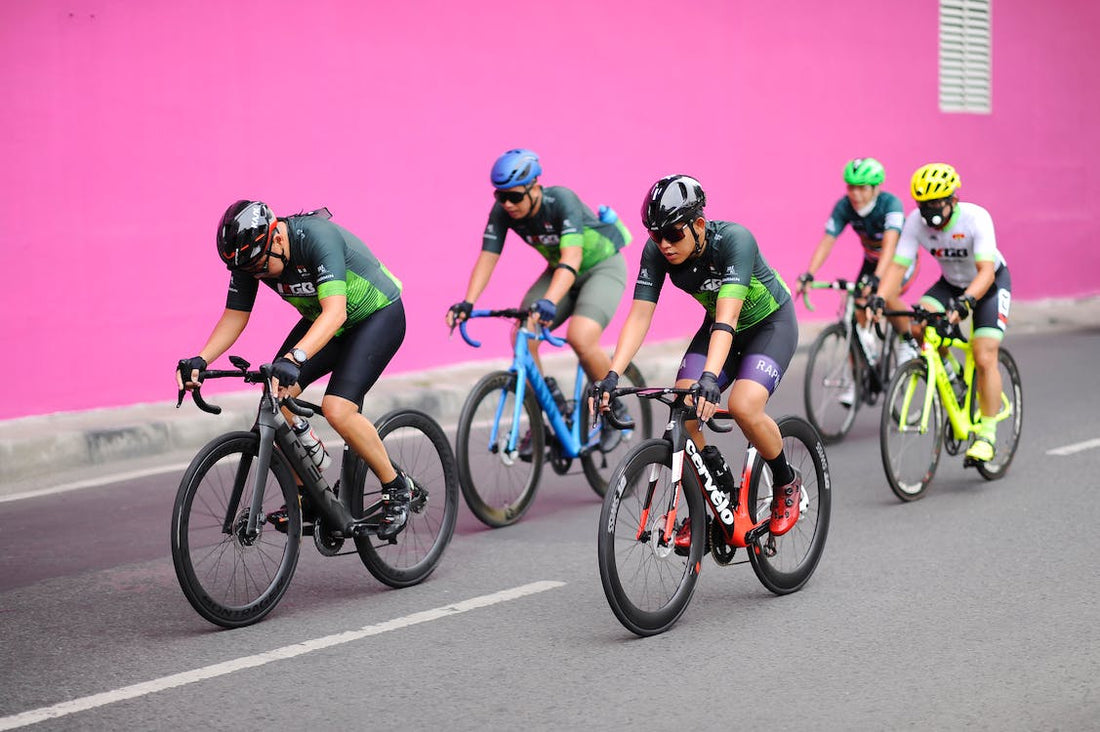Cyclist’s Palsy, also known as Handlebar Palsy, can be a painful roadblock for avid cyclists. This overuse injury primarily targets the hands and fingers, stemming from the compression of nerves in the wrist and palm's pinky side due to repetitive stress. While it goes by various names like Ulnar Tunnel Syndrome or Guyon Canal Syndrome, the symptoms are consistent—weak hand grip, difficulty with fine motor skills, and sensations of numbness, tingling, and pain.
This under reported issue affects more cyclists than we realize, with studies revealing that 7 out of 10 participants have experienced either motor or sensory symptoms. However, there's hope for recovery and prevention through effective strategies and expert guidance from VanCity Physio.
Treatment Options for Cyclist’s Palsy
The road to recovery from Cyclist's Palsy involves a variety of treatment options tailored to the severity of your symptoms. Initially, rest and ice can help reduce nerve inflammation, while over-the-counter NSAIDs such as ibuprofen or aspirin can alleviate pain. Remember, it's crucial not to rush back into cycling until your symptoms significantly improve.
In severe cases, surgery to relieve pressure from the affected nerve is rarely needed, and the recovery period can last up to six weeks. Thankfully, more conservative approaches often yield positive results. Consider these alternative treatment options:
- Physiotherapy - Specialized therapy can help you regain hand function and prevent future issues.
- Cervical and Thoracic Mobilization: Adjustments to your cervical spine may help alleviate symptoms.
- Soft Tissue Therapy: This therapy can address muscle and tissue issues contributing to the problem.
- Splints: Wearing splints can provide support and alleviate pressure on the affected area.
- Steroid Injections: In some cases, injections may be recommended to reduce inflammation and discomfort.
Top 3 Cyclist Palsy Exercises
For long-term recovery and to prevent recurrence, incorporating specific exercises into your routine is crucial. These exercises target hand muscles, ligaments, and tendons, and are highly effective:
- Finger Bending Exercise: Gently stretch your hand, then bend the fingers of the affected hand at a right angle, holding them for about 10 seconds. Ensure your fingers remain straight. Repeat these five times.
- Finger Squeeze: Practice squeezing a small object (like a coin or a sheet of paper) between two fingers for 10 seconds, repeating five times for each set of fingers.
- Grip Strengthening Exercise: Strengthen your hand grip by squeezing a rubber ball with the affected hand for 10 seconds, repeating 10 times in one set. Aim for three sets of 10 repetitions as you progressively build grip strength.
Comprehensive Care for Cyclist’s Palsy
VanCity Physio offers comprehensive care and guidance for Cyclist's Palsy. Their expertise can help you tailor your recovery plan and prevent future occurrences.
Additional Tips to Improve and Prevent Cyclist’s Palsy
- Lower and adjust your seat backward to reduce stress on your arms and hands.
- Frequently change your hand positions while cycling.
- Invest in gloves with padding for added comfort and protection.
- If you often ride indoor stationary bikes, use HIZE hoods to stay relaxed and minimize the risk of overuse injuries.
Remember, Cyclist’s Palsy can be managed and prevented with the right approach. Trust VanCity Physio to guide you on the path to recovery and help you enjoy cycling pain-free once again. Call us at 604-398-5584 or click here to book online by visiting us at www.vancityphysio.com


